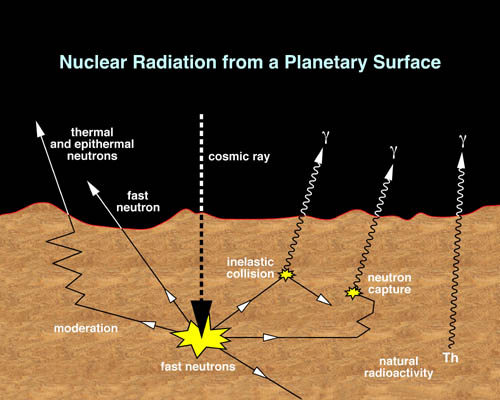

Accidental Rocket Radar: How DARPA’s AtmoSense Initiative Revealed a Novel Method to Monitor Space Debris
In an extraordinary twist of scientific fortune, a U.S. defense project initially designed for the surveillance of underground detonations has unexpectedly unveiled a new capability: tracking rockets during their reentry into Earth’s atmosphere. This finding, achieved by researchers on the Defense Advanced Research Projects Agency’s (DARPA) AtmoSense initiative, has the potential to transform our approach to monitoring space objects and atmospheric anomalies.
What Is AtmoSense?
Initiated in 2020, AtmoSense was established as a scientific endeavor aimed at investigating how energy from explosions, earthquakes, and various terrestrial phenomena traverses the atmosphere. The project’s main objective was to ascertain whether the atmosphere could function as a worldwide sensor—effectively converting the sky into a listening apparatus capable of detecting events without relying on satellites or ground sensors that require direct visibility.
AtmoSense delves into the propagation of acoustic and electromagnetic waves from the Earth’s surface to the ionosphere, the electrically charged upper portion of the atmosphere. By examining these waves, researchers aimed to enhance their comprehension of energy transmission through the atmosphere and its potential utility for real-time detection of global events.
The Surprising Revelation
During a 2024 field test in New Mexico, DARPA researchers performed routine experiments involving managed explosions. The team was closely observing the shockwaves and alterations in the atmosphere’s total electron content (TEC)—a gauge of charged particles in the ionosphere—when they detected an anomaly.
One reading indicated a sudden and notable drop in TEC that did not align with any scheduled detonations. Curious, the team conducted further investigation and discovered a SpaceX Falcon 9 rocket had reentered Earth’s atmosphere at approximately the same instant as the anomaly. The disturbance they had recorded was not from their explosive tests; it originated from a rocket descending from orbit.
A Repeatable Phenomenon
To validate their observations, the AtmoSense team scrutinized data from prior rocket launches and reentries. They identified that the atmospheric disturbances consistently occurred during rocket reentry events. These disturbances were clear, reproducible, and could be detected from significant distances—without requiring visual documentation.
Thus, DARPA had inadvertently crafted an operational “rocket radar”—a system proficient in detecting reentries of space objects by observing how they affect the ionosphere.
Why This Is Significant
The ramifications of this unintentional discovery are substantial. A system that is capable of detecting objects reentering Earth’s atmosphere independent of visual tracking or radar could greatly boost global monitoring capabilities. This is particularly crucial for:
– Tracking space debris: With the rising number of satellites and space missions, the risk of falling debris escalates. A rocket radar could assist in tracking and forecasting where defunct satellites or expended boosters may land.
– National security: The capability to detect reentering objects—whether they be commercial, military, or otherwise—could provide preemptive alerts regarding potential threats.
– Scientific inquiry: Gaining insights into how objects engage with the ionosphere could refine atmospheric behavior models and contribute to the study of intricate fluid dynamics and hypersonic travel.
Beyond Defense: A Future Tool
While AtmoSense remains a scientific research initiative for the time being, DARPA’s modeling tools—initially devised to simulate how energy waves from minor explosions navigate through the atmosphere—may possess wider applications. These tools could be repurposed to model the behavior of hypersonic vehicles, strengthen weather forecasting models, or even enhance computational methodologies in fluid dynamics.
A New Age of Atmospheric Observation
The inadvertent revelation of a rocket radar highlights the importance of fundamental research and the unforeseen advantages it can provide. By transforming the atmosphere into a massive sensor, AtmoSense has paved the way for a fresh approach to observing the skies—one that could enhance the safety of space travel, bolster global security, and deepen our understanding of the planet’s upper atmosphere.
As DARPA continues to refine the AtmoSense initiative, both the scientific community and defense sectors will be monitoring its progress intently. What began as an effort to detect underground explosions may ultimately assist us in tracking everything descending towards Earth—from space debris to spacecraft.
Image credit: SpaceX – “What ascends must return, and a rocket radar may help us monitor objects re-entering Earth’s atmosphere.”